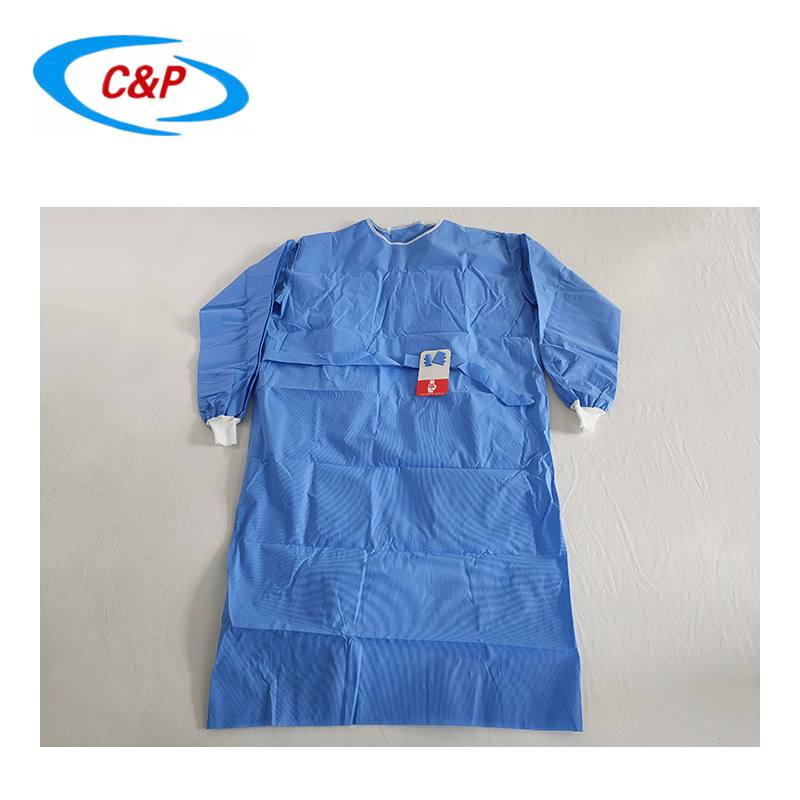86-551-67709456 (Working time)
86-13965027700 (Nonworking time)
Surgical gowns have been used by medical professionals for more than a century. Although these gowns are considered a staple of protective gear today, they were not used routinely in the surgical profession until the 20th century. In the early days of surgery thousands of years ago, surgeons did not wear specialized gowns. Surgery was often performed in a non-sterile environment, and the concept of infection control was not well understood. Surgeons often wore regular clothing, which could be dirty and unhygienic.
The mid-19th century marked the beginning of major advances in surgical hygiene. Hungarian physician Ignaz Semmelweis introduced the importance of hand washing to reduce the spread of hospital-acquired infections. Surgeons began wearing white coats to signify cleanliness and distinguish themselves from other hospital staff.
In the late 19th century, carbolic acid solutions were used to sterilize surgical instruments, surgical incisions, and dressings to prevent gangrene and other infections, following the pioneering work of Joseph Lister. In 1867, he published a number of articles on "Antimicrobial Surgical Practices," describing these procedures and encouraging surgeons to wear clean gloves and wash their hands before and after surgery. However, medical surgical gowns and other protective equipment did not become widely used until much later.
Early 20th century: The development of aseptic techniques further emphasized the need for sterile surgical gowns. Surgeons began wearing white gowns to emphasize cleanliness, but the combination of bright lighting, white rooms, and white clothing caused eye strain for surgeons and staff. For this reason, white gowns and other garments were slowly abandoned, and hospitals began using gowns in various shades of green and blue. As surgical procedures developed in the 20th century, surgical gowns saw more use and improvement, but the biggest growth in their use did not occur until the 1980s. The Occupational Safety and Health Administration (OSHA) introduced a rule in 1991 to minimize the risk of infection of blood-borne pathogens to healthcare workers. This rule required employers to provide appropriate personal protective equipment to healthcare workers.
21st century: Surgical gown designs and materials continue to evolve. Innovations include gowns with waterproof coatings, antimicrobial properties, and breathable fabrics.

Throughout this historical development, the goal of surgical gowns sms as personal protective equipment has always been to protect medical professionals and patients from infection and maintain a sterile surgical environment. The development of surgical gowns reflects the continued demand for improved patient safety and the understanding of the importance of infection control in the healthcare environment.
Get in touch
Scan to wechat:
